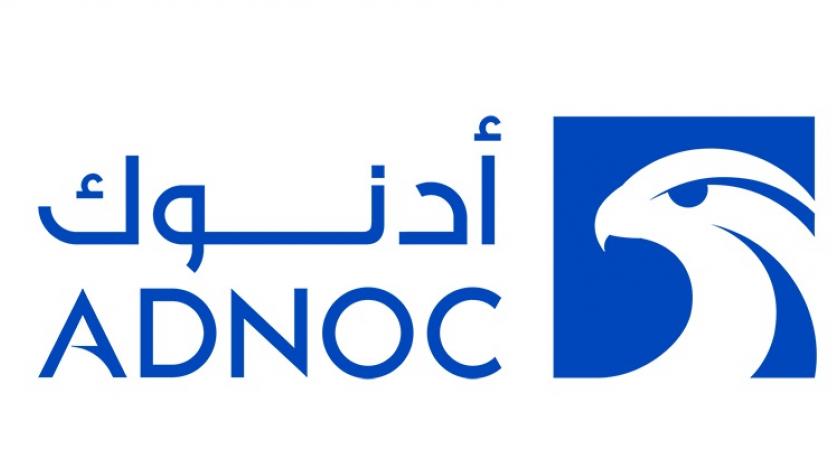
What is a team? It’s a group of diverse individuals with different mindsets, physical features, belief systems, and skills, working together to achieve a common goal. So, is it unnatural for a conflict to arise among the members? Let’s rephrase the question – is a conflict bad for a team? Are there positive sides to certain conflicts? What are the ways of managing team conflict? Let’s explore!
What can be considered a conflict?
The first step of managing a conflict within a team is identification. How do you know what kind of conflict you are dealing with? How would you understand which conflict, if not addressed, can have dire consequences in the future? Here’s describing the different kinds of conflicts that may arise within a team.
So far, researchers have identified two types of team conflicts:
- Relationship-based
- Task-based
Relationship Conflict
This is where there might be tension within the team due to
- Personality/ego clashes;
- Interpersonal issues;
- Actual or deluding complaints against each other, and likewise.
It can impact team cohesion, disrupting workflow due to an increase in tension, stress, and the team’s inability to think with clarity. When involved in a relationship conflict, people often respond by withdrawing physically and psychologically, pretending that everything is fine, followed by miscommunication. All of these can be catastrophic to the team bond spirit.
The ill-effects of relationship conflicts are:
- The team member would lose the ability to think and react rationally.
- It makes the member divert all energy and attention towards discussion and resolving the issue.
- The member would completely ignore that there is a conflict and stay in denial.
- It would make the person ignore ideas placed by others within the team, especially when there are any negative feelings towards them.
These kinds of issues require ‘managing team conflict’.
Task Conflict
It is quite prevalent in corporate teams, where a conflict arises out of the workplace tasks assigned to respective team members. It can have both negative and positive effects on the team. Some researchers explain that it depends on the nature of the task. Conflicts tend to arise more when a team is involved in high-pressure tasks, such as; jobs that demand high levels of creativity or constant innovation, target-based tasks, etc.
Team Conflicts are real and can do more damage than what meets the eye. Read more on tips on managing team conflict.
Ways of Managing Conflicts in a Team
Here are a few ways that the team/team member can confront and resolve conflicts:
- One should always resolve the conflict with the concerned team member first. In case that fails, it is best to call a team meeting.
- The members should reflect on the conflict situations to gain further clarity before presenting the point for discussion within the members.
- One should try to accept the fact that the opposition might have a difference in opinion, perspective, priorities, and expectations.
- Try and understand the perspective or expectation of the opposition.
- One should try seeking solutions that meet the prerogative of the parties involved.
- Once that is done, everyone should commit to those solutions that have been agreed upon unanimously.
When confronted with such situations where nothing seems to work, it is best to get in touch with a team coach for managing team conflict and restore harmony and cohesion amongst the members. A team coach won’t give you readymade solutions but will help the team members resolve the tension themselves.









































